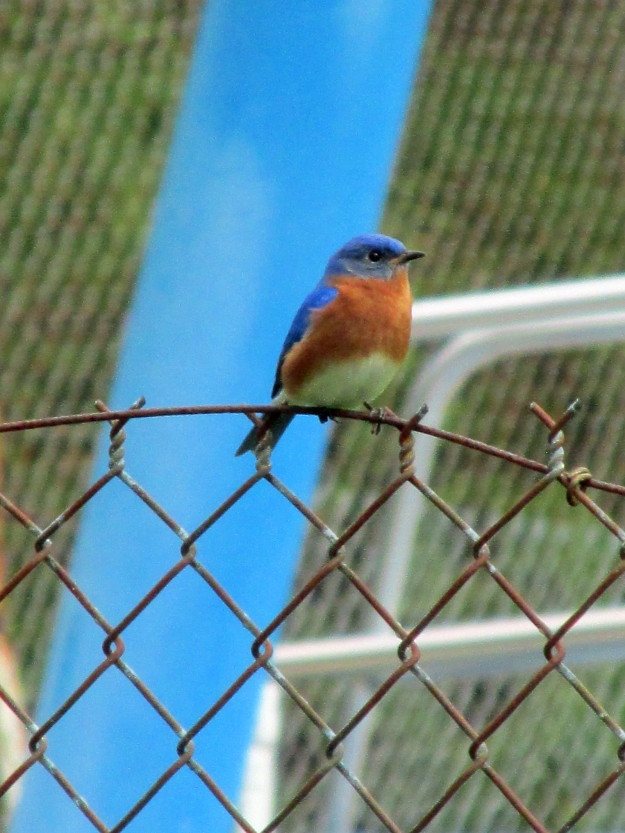
Photo by Bryan Stevens • A handsome male Eastern bluebird perches on a chain-link fence.
Observant people have probably noticed Eastern bluebirds already checking out possible nesting locations. These cavity-nesting birds begin scouting for possible nest sites in February and March. By April, female bluebirds may be incubating a clutch of eggs.
Although bluebirds will nest in natural cavities in trees, they respond readily to the availability of nesting boxes provided by human landlords. Many people are devoted to the cause of seeing that bluebirds — a favorite of many — continue to thrive in the face of certain challenges.

Photo by Adrianna Nelson • Bluebirds are skillful at foraging for insects.
Eighteen-year-old Adrianna Nelson is one such person. A senior at John S. Battle High School, Adrianna said she recently became involved with the Tennessee Bluebird Society as a way to become active with a conservation-related activity involving birds.
“I only recently got involved with TBS,” she said.
She began looking last summer for a way to contribute locally to the welfare of birds.
“I came across the TBS website,” she said. “They didn’t have a coordinator for Sullivan County, so I decided to fill the position.”
Nelson said she is interested in all birds but enjoys focusing on bluebirds and other cavity nesters to spread knowledge about their importance.
“TBS focuses on bluebirds,” she said.

Photo by Bryan Stevens A male Eastern Bluebird inspects a nesting cavity in a wooden fence post. When such cavities are scarce, bluebirds readily build in nest boxes.
Bluebirds are like the “poster child” for the organization, Nelson noted, but she also pointed out that TBS also promotes the conservation of other native cavity nesters.
As county coordinator for TBS, her job primarily involves giving presentations to raise awareness about bluebirds and other cavity-nesting bird species.
“I have already presented to the Bristol Bird Club, and I plan to still give a few more presentations,” she said.
“I can also set up bluebird trails,” Nelson said. “I have not done any trails this year, but I have plans for next year. Part of my responsibilities is also to maintain trails and answer questions from the community.”
There are some good reasons for people to offer extra support to help bluebirds thrive.
“Eastern bluebirds are native cavity nesters,” Nelson said. “They are not strong enough to excavate their own cavities, so starlings and house sparrows can take over natural and man-made structures very quickly. It is important to promote the longevity of native species. Not only are they important, they are very beautiful.”
There are several things that people can do to make their yards and gardens more attractive to bluebirds.
“One of the most important is to make sure that there is proper habitat,” Nelson explained. “Bluebirds prefer open areas with some trees or other perches for spotting insects.”
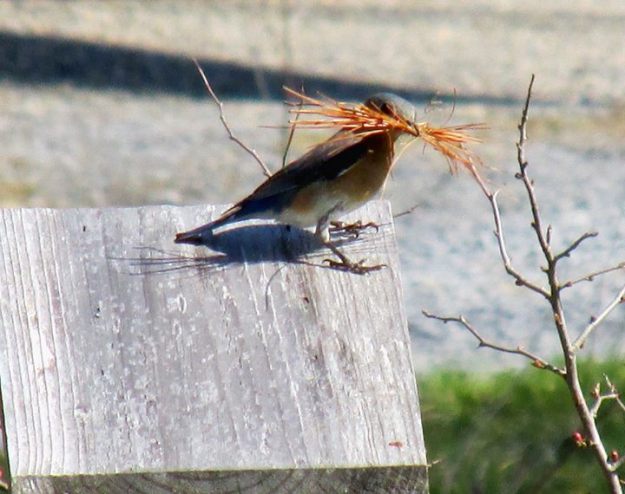
Photo by Bryan Stevens • A female Eastern Bluebird gathers pine needles to use as nesting material. Bluebirds are a cavity-nesting species that will use natural or manmade cavities.
For those interested in attracting nesters, Nelson said that picking the right nest box and proper placement is important.
She helps maintain nesting boxes along a bluebird trail at Steele Creek Park in Bristol.

Photo by Adrianna Nelson • Eastern bluebirds are a beautiful bird to welcome into the backyard.
In addition, providing plenty of water helps. “Bluebirds also like meal worms, but plants such as dogwoods, sumac, pokeweed, viburnum, and others can provide food, especially in the winter,” Nelson said.
Keeping predators away is crucial. According to Nelson, this can be achieved with simple actions such as keeping cats indoors.
“There are more details about bluebirds, boxes, nesting, predators, habitat and more online on the North American Bluebird Society website,” Nelson added.
Nelson shared some fascinating facts about bluebirds.
“They can spot insects from over 50 yards away,” she said.
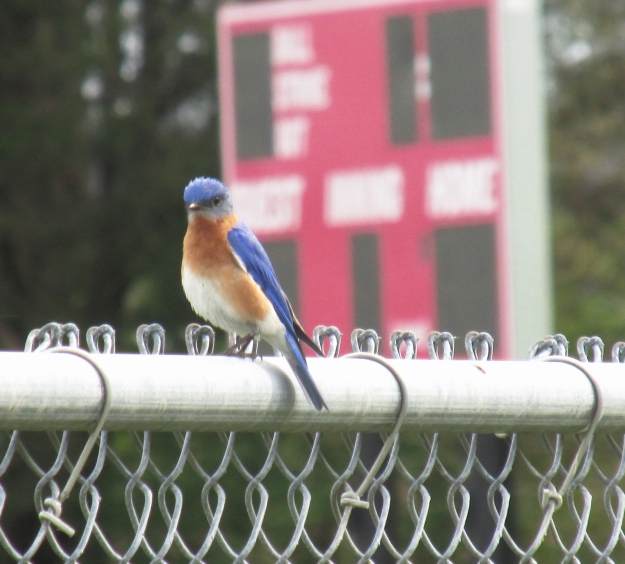
Photo by Bryan Stevens • Eastern Bluebirds are year-round residents in Northeast Tennessee.
Bluebirds are bigger than small songbirds like chickadees, wrens and warblers, yet they weigh only about one ounce.
Bluebirds are truly “early birds,” according to Nelson. “Eggs usually hatch within the first two hours after dawn,” she said.
There are no local meetings of the Tennessee Bluebird Society, but an annual meeting for TBS is held in November. The meeting is open to the public.
TBS and North American Bluebird Society members get quarterly journals and newsletters. There is also information on the websites of the two organizations for anyone interested in bluebirds.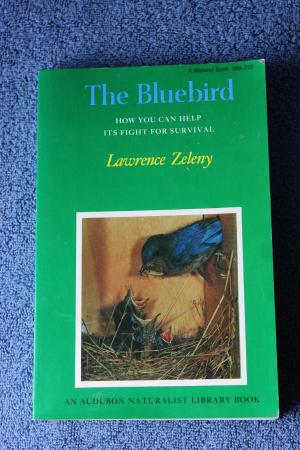
NABS was founded in 1978 by Dr. Lawrence Zeleny in order to promote the preservation of bluebirds, a cavity-nesting species in decline at that time. Zeleny, with the support of his wife, Olive, dedicated much of his life to providing nestboxes and managing bluebird trails. He promoted bluebird conservation through hundreds of talks and articles in many periodicals.
The Eastern bluebird has two close relatives — the Western bluebird and the mountain bluebird. These species belong to the genus, Sialia, which is counted among the world’s thrushes.The Western bluebird ranges throughout California, the southern Rocky Mountains, Arizona and New Mexico. The mountain bluebird is widespread in the western United States, as well. Two states — Idaho and Nevada — have bestowed official status on the mountain bluebird as their official state bird. The Eastern bluebird has also been honored with that designation by the states of Missouri and New York.
The Eastern bluebird suffered serious decline from 1940 into the 1960s, but it is now a common bird in the region. Rick Knight, author of The Birds of Northeast Tennessee, notes that nest boxes were instrumental in the recovery of the Eastern bluebird.
Nelson is continuing the work pioneered by others to conserve the Eastern bluebird. She lives in Bristol, Virginia, with her parents, Sandi and Shawn Nelson. She welcomes the public to contact her about bluebirds by emailing adriannan1@hotmail.com.
To learn more about the Tennessee Bluebird Society, visit http://www.tnbluebirdsociety.org. For more information on the North American Bluebird Society, visit wwwna.bluebirdsociety.org.
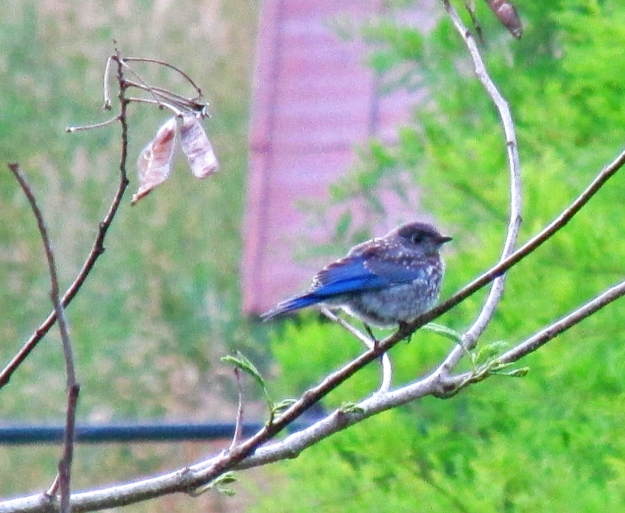
Photo by Bryan Stevens A young Eastern Bluebird slowly gains independence after leaving the nest.
